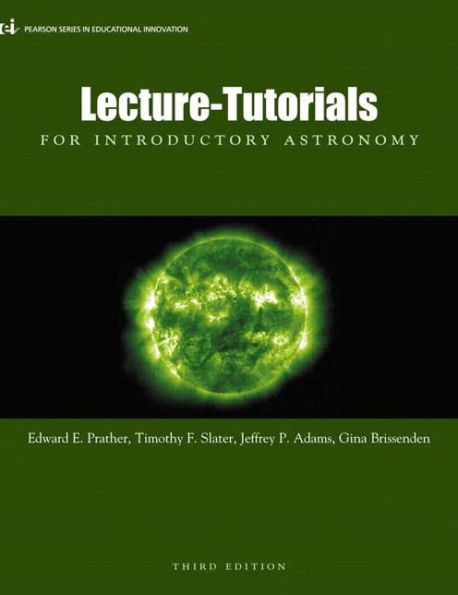5
1
9780321820464



Lecture- Tutorials for Introductory Astronomy / Edition 3 available in Paperback

Lecture- Tutorials for Introductory Astronomy / Edition 3
- ISBN-10:
- 0321820460
- ISBN-13:
- 9780321820464
- Pub. Date:
- 08/03/2012
- Publisher:
- Pearson Education
- ISBN-10:
- 0321820460
- ISBN-13:
- 9780321820464
- Pub. Date:
- 08/03/2012
- Publisher:
- Pearson Education

Lecture- Tutorials for Introductory Astronomy / Edition 3
$73.32
73.32
In Stock

Product Details
| ISBN-13: | 9780321820464 |
|---|---|
| Publisher: | Pearson Education |
| Publication date: | 08/03/2012 |
| Series: | Pearson Series in Educational Innovation: Student Resources for Astronomy Series |
| Edition description: | New Edition |
| Pages: | 176 |
| Sales rank: | 608,646 |
| Product dimensions: | 8.50(w) x 11.00(h) x 0.30(d) |
About the Author
From the B&N Reads Blog
